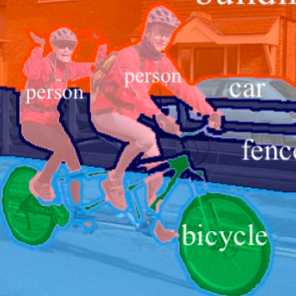Deep neural networks for scene perception in automated vehicles achieve excellent results for the domains they were trained on. However, in real-world conditions, the domain of operation and its underlying data distribution are subject to change. Adverse weather conditions, in particular, can significantly decrease model performance when such data are not available during training.Additionally, when a model is incrementally adapted to a new domain, it suffers from catastrophic forgetting, causing a significant drop in performance on previously observed domains. Despite recent progress in reducing catastrophic forgetting, its causes and effects remain obscure. Therefore, we study how the representations of semantic segmentation models are affected during domain-incremental learning in adverse weather conditions. Our experiments and representational analyses indicate that catastrophic forgetting is primarily caused by changes to low-level features in domain-incremental learning and that learning more general features on the source domain using pre-training and image augmentations leads to efficient feature reuse in subsequent tasks, which drastically reduces catastrophic forgetting. These findings highlight the importance of methods that facilitate generalized features for effective continual learning algorithms.
翻译:自动驾车中用于场景感知的深度神经网络在其训练的领域取得了出色的结果。然而,在现实条件下,操作领域及其底层数据的分布可能发生变化。特别是在恶劣天气条件下,如果在训练期间未提供这些数据,则模型性能可能会明显降低。此外,当模型逐步适应新的领域时,会遭受灾难性遗忘,从而导致先前观察到的领域性能显著下降。尽管最近在减少灾难性遗忘方面取得了进展,但其原因和影响仍然不清楚。因此,我们研究了在恶劣天气条件下领域增量学习中语义分割模型的表示如何受到影响。我们的实验和表示分析表明,灾难性遗忘主要是由于在领域增量学习中低层特征的变化,因此使用预训练和图像增强来学习源领域上更一般的特征,将导致在随后的任务中实现有效的特征重用,从而大大减少灾难性遗忘。这些发现突出了促进有效持续学习算法的通用特征的重要性。

